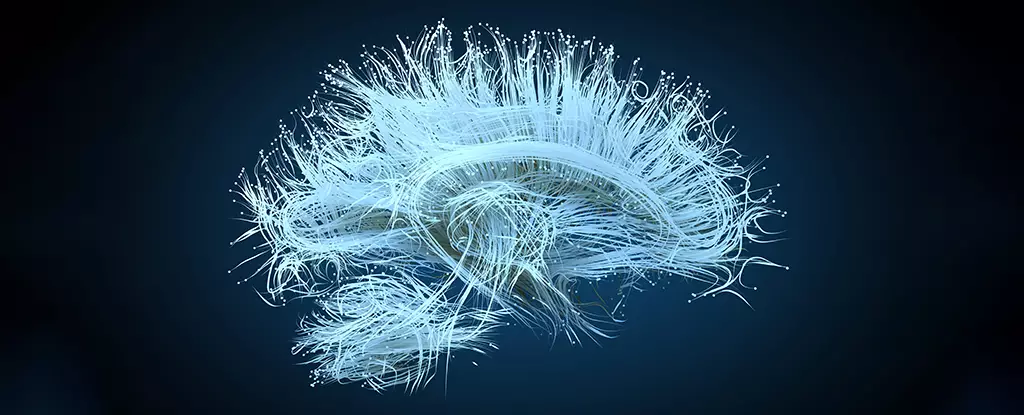The study conducted by researchers from the US and Singapore delves into the intricate differences between male and female brains. Through the analysis of brain activity in over 4,000 children ages 9 or 10, the study aims to shed light on the variations present based on sex and gender. It is essential to note that the terms ‘sex’ and ‘gender’ are defined distinctly in the research. While sex refers to physical characteristics present at birth, gender encompasses attitudes and behaviors that may not necessarily align with biological sex.
The researchers utilized machine learning algorithms to identify significant differences in brain connectivity based on sex and gender. The results indicated distinct patterns in brain activity related to movement, vision, and emotions that could predict the sex of an individual. On the other hand, gender-based variations were more nuanced and scattered throughout the brain. This distinction challenges the conventional belief that male and female brains are wired differently from birth.
The study highlights how biology, including genes and hormones, as well as environmental factors such as social experiences, can shape brain connectivity. Our brains are highly adaptable, influenced by both internal and external stimuli that contribute to our gender identity. This malleability raises questions about the impact of gender on brain-related disorders, including ADHD and Alzheimer’s, which demonstrate varying diagnosis rates between AMAB and AFAB individuals.
One significant implication of the study is the exclusion of women, AFAB individuals, and gender minorities from biomedical research, leading to potential underdiagnosis or misdiagnosis of brain disorders. The researchers emphasize the need to distinguish between sex and gender in future studies to better understand the underlying mechanisms of brain-related illnesses. By acknowledging the influence of both sex and gender on brain connectivity, healthcare professionals can provide more targeted and effective treatments.
Despite the valuable insights gained from the study, the researchers acknowledge a key limitation: the participants had not yet reached puberty, a critical period for the development of gender identity. As such, further research across diverse age groups and cultural backgrounds is necessary to validate the findings. By expanding the scope of brain studies to encompass a wider range of individuals, researchers can deepen their understanding of how sex and gender intersect with brain function.
The study on male and female brain variances underscores the complexity of human brain connectivity in relation to sex and gender. By elucidating the distinct patterns present in brain activity, researchers aim to pave the way for more inclusive and comprehensive studies on brain-related disorders. As our understanding of sex and gender continues to evolve, so too must our approach to studying the brain and its intricate workings.

Leave a Reply